Based — pretty loosely — on M.R. James’ story “Casting the Runes,” Night of the Demon is about the evil Dr. Karswell, the leader of a Satanist group, who attempts to prevent an investigation into his activities by summoning a demon from hell to come after paranormal debunker Dr. John Holden (Andrews). As a horror film, there may never have been a better one. I should explain that when I say there may have been a better horror film, I’m speaking strictly in horror-picture terms, and more or less in “classic” horror terms, as well. Are there better films? Of course. Even among “classic” horror — of which Night of the Demon may be the last true example — I’d certainly rank James Whale’s quartet of 1930s Universal horrors as superior, and the same goes for Edgar G.. Ulmer’s The Black Cat (1934). But those five (off the top of my head) are films that completely transcend questions of genre. Night of the Demon may not quite do that, but as a pure horror movie, it’s pretty unbeatable. I can’t name a creepier or more persuasive one.
Director Tourneur cut his teeth on horror films. He was one of the architects — along with screenwriter DeWitt Bodeen and producer Val Lewton — of the “new” breed of horror movies that started in 1942 with Tourneur’s Cat People. (There’s a tendency to lionize Lewton and leave out the others, but there’s no denying that Tourneur and Bodeen helped create the Lewton template with that first film, while Tourneur directed the first three of the nine Lewton productions.) As far as I’m concerned, he eclipsed those films with Night of the Demon, which used many of the same techniques, but blended them with a little more overt horror.
In later years, Tourneur tended to claim that actually showing the demon was a mistake that was forced on him by the producer. Of course, that was after the earlier films had been reassessed and praised to the skies for their restraint.There’s no indication that he objected to the demon being shown in 1957, and, as film historian William K. Everson noted in his Classics of the Horror Film, Tourneur had no need to because the monster depicted “is a lulu.” While I’d be the first to concede that the victim in the big finale is on the laughable side, I’m in Everson’s corner on the demon itself.
The connections to earlier films are not limited to Tourneur’s own work. In recent years, it has struck me how very similar the final scenes of night driving in Fritz Lang’sThe Testament of Dr. Mabuse (1932) are to the opening of this film — and I doubt this was accidental. Nothing to do with movies, but It also strikes me that the basically unnecessary long shot of the interior of the library in the British Museum is there because the layout of the library recalls that of Stonehenge, which figures heavily (and fancifully) in the film. Then there is Dr. Karswell’s clown makeup for the children’s Halloween party and its striking similarity to Emil Jannings in Josef von Sternberg’s The Blue Angel (1930). I think this is deliberate because — at least in the complete version where Karswell isn’t entirely unsympathetic — in many ways the powers of darkness have him just as much a prisoner of his desires as they do for Jannings in the Sternberg film.
Fans of The Rocky Horror Picture Show (1975) will recognize that this is the movie being referred to in the song “Science Fiction Double Feature” whose lyrics go, “Dana Andrews said prunes gave him the runes and passing them used lots of skill,” since the plot revolves around the demon being summoned by passing a parchment with runic symbols on it to the intended victim. That is exactly what Dr. Karswell does to Dr. Holden, and most of the film concerns Holden coming to the realization that the demon will come for him exactly on the night and at the time Karswell has claimed. As an addition to supernatural horror movie mythology, this is great stuff — even if the film wants us to buy into the idea that these symbols are carved on Stonehenge. (The shot of Holden finding them there is an obvious studio insert in the scene where he goes to the famous stone circle.)
There’s really not a false note in the film — and that extends to the terrific musical score by Clifton Parker, which gets my vote for one of the most effective horror movie scores of all time. And then there’s the perfectly structured last 10 minutes of the film. Everything from the moment Dr. Holden (Andrews) takes off after Karswell is absolutely and precisely judged for maximum suspense leading up to a climax that justifies the buildup. Yes, that climax has one unfortunate shot where the effects work isn’t quite what it ought to be, but with the buildup and all the things that do work, I don’t think it matters all that much. If you’re any kind of a fan of horror pictures, this is a film you absolutely must see.
The Thursday Horror Picture Show will screen Night of the Demon Thursday, May 7, at 8 p.m. in Theater Six at The Carolina Asheville and will be hosted by Xpress movie critics Ken Hanke and Justin Souther.



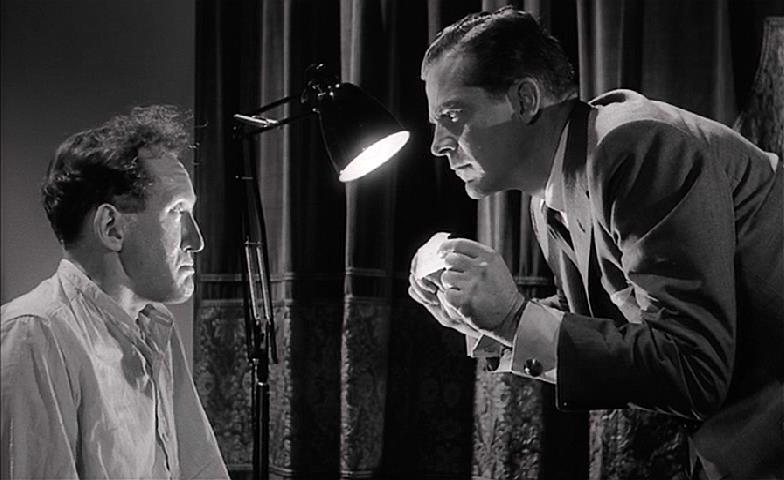
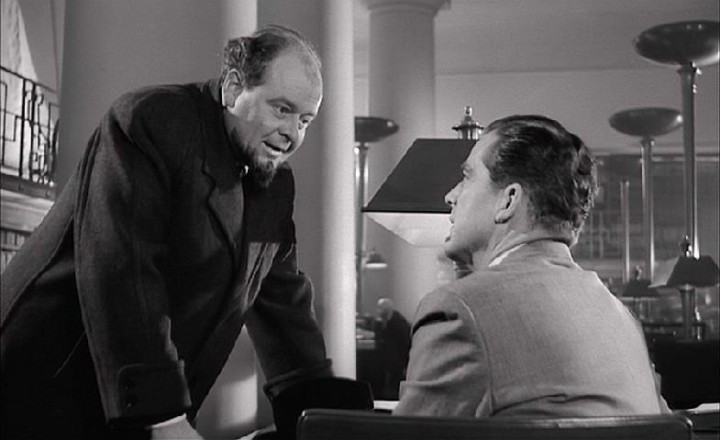
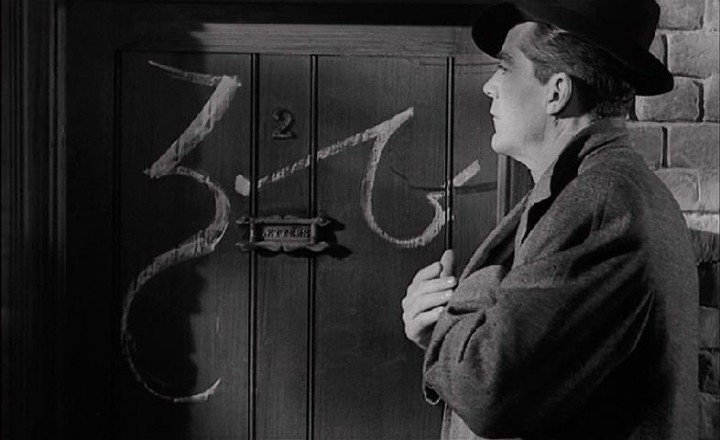
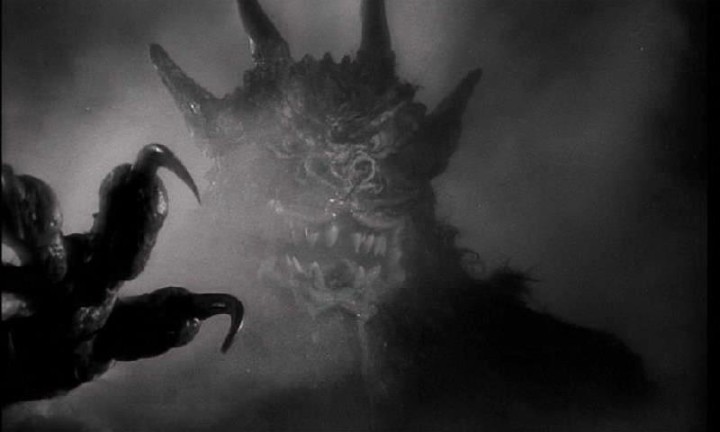
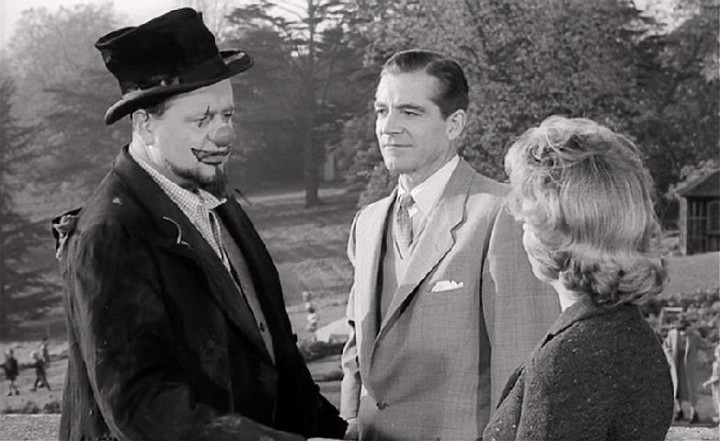
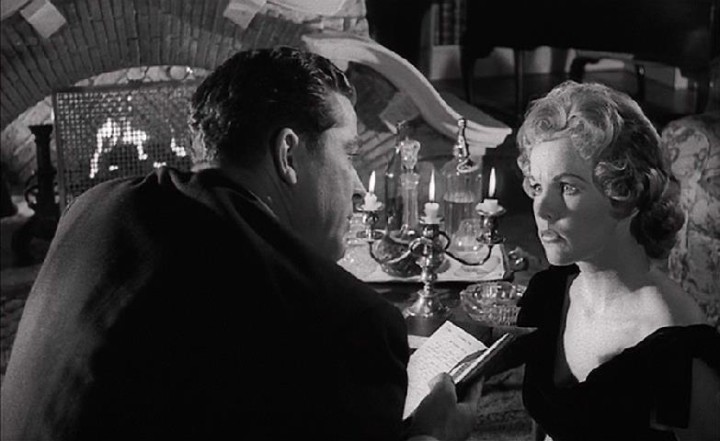
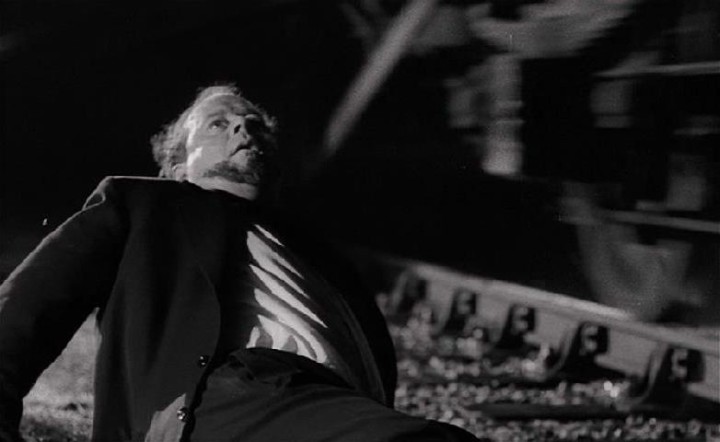
Keep up the good work, Ken! Even from over here in Bangkok, i am continually impressed by the consistent quality of your work. I have been re-viewing Mike Leigh’s films recently. I feel Topsy-Turvy is one of the top musicals and one of the greatest biopics of all time, while Naked still hits the highest ferocity notes. Happy Go Lucky shows a bright light personality resisting successfully all the negativity that inevitably surrounds us all, while Life Is Sweet shows common sense family cohesion for the powerful force that it is, much like Juno more recently. That hardly exhausts the list as none is without merit. Barry
Thank you!
I certainly agree with you about Topsy-Turvy, but I’ve not seen the others you cite recently enough or often enough to venture much of an opinion on them. In fact, I don’t think I’ve seen Life Is Sweet.